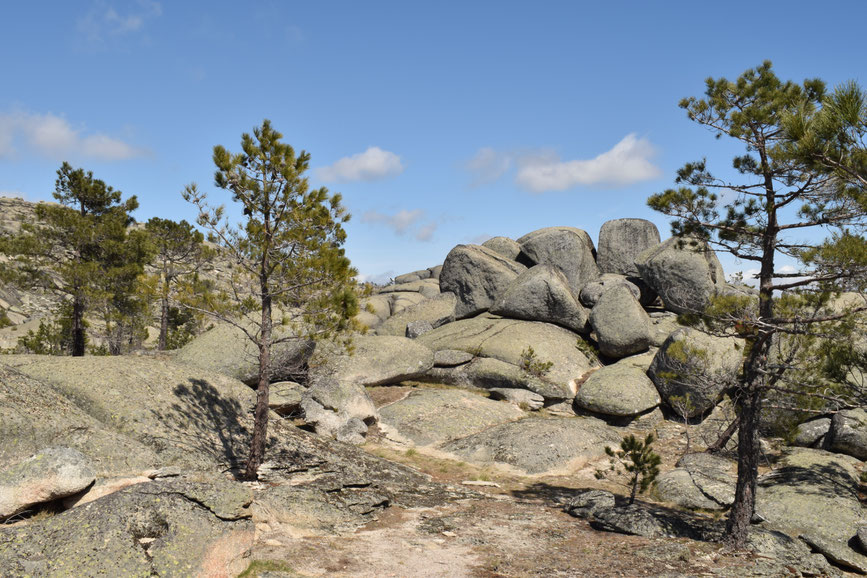
I'll quickly hop you through some of our more attractive one night stops before we get to one of Portugal's crowning jewels - the Serra de Estrela, some great archaeology and a magical spot by a frog filled river.
After Nazaré, we spent a final night with the waves beside the lighthouse at Praia Velha, São Pedro de Moel, before heading further north.
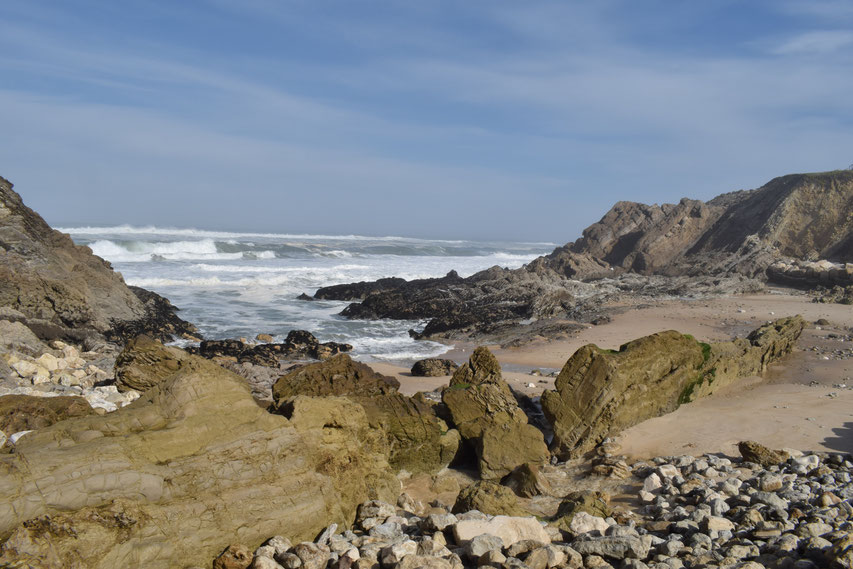

Above Quiaois, we slept on the gorse covered cliffs overlooking the small town. Infinite forest and decreasing diagonal stripes of waves converged on the horizon.
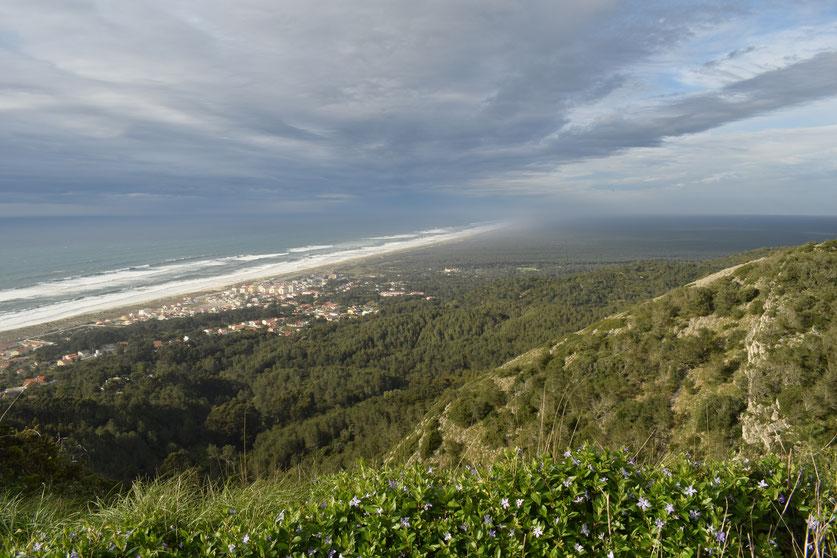
We stopped in Montemor-o-Velho to explore the castle.


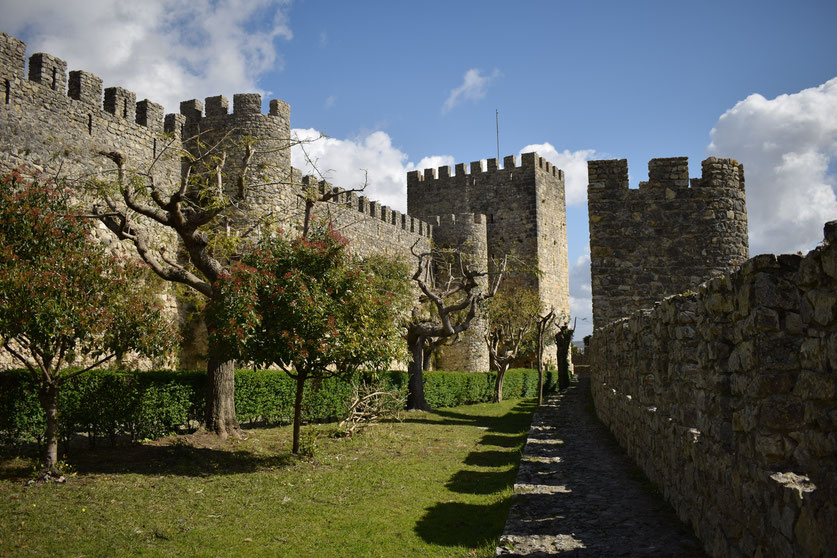

Trying to navigate with our impractically zoomed-out road map of Europe proved tricky as any given town is often signposted at one roundabout, before leaving you to guess the next three T-junctions. Subsequently, it took us some time to find Conimbriga.
I had a horrible internal battle about paying the four euro fifty entrance fee, did some dramatic deliberating and ended up leaving Dan sat in the van while I went around the Roman ruins...
Though he suggested the idea, I don't feel like it was my finest hour.
Anyway, it was the mosaics which had lured me in. Of particular interest to me was the "House of Swastikas"; a symbol thought of in this period as bringing good luck. Regardless of the
original intention, the sight was still quite jarring.
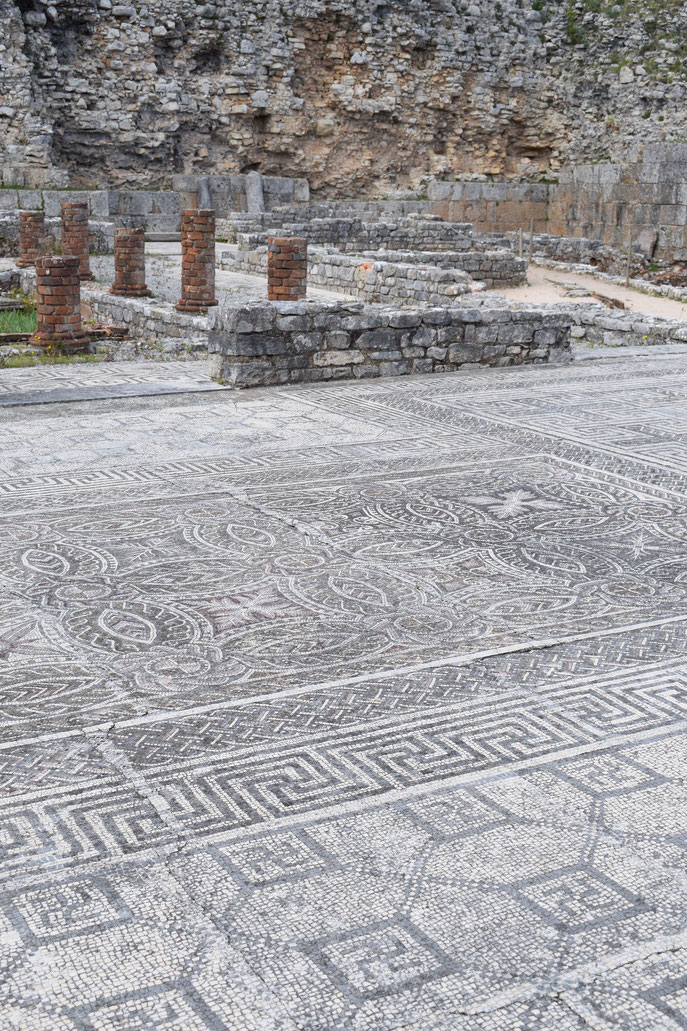
The maze and the minotaur, in the "House of Fountains" was my favourite although others were more elaborate.
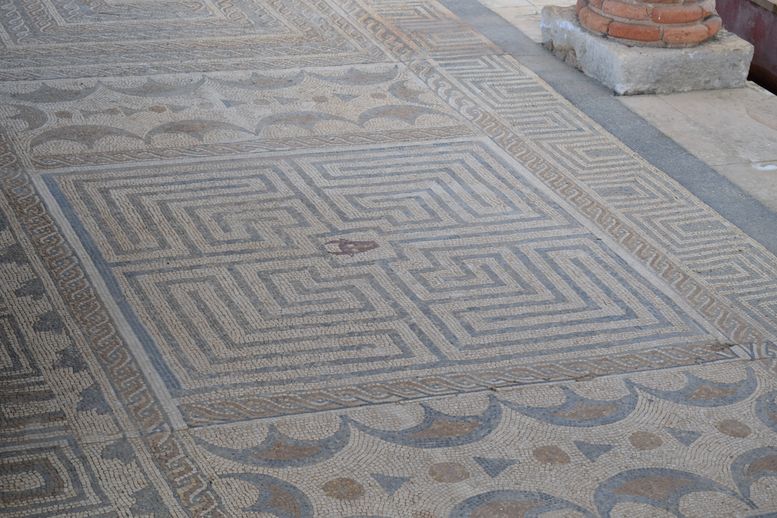

To the east, a huge natural park with peaks of nearly two thousand meters, a smattering of snow clinging to their rocks, and more welcoming lower peaks below, Serra de Estrela took a few days to explore. The melted snow and rainfall forms the sources of several rivers, which at this stage are as clear as new icicles and just as cold.

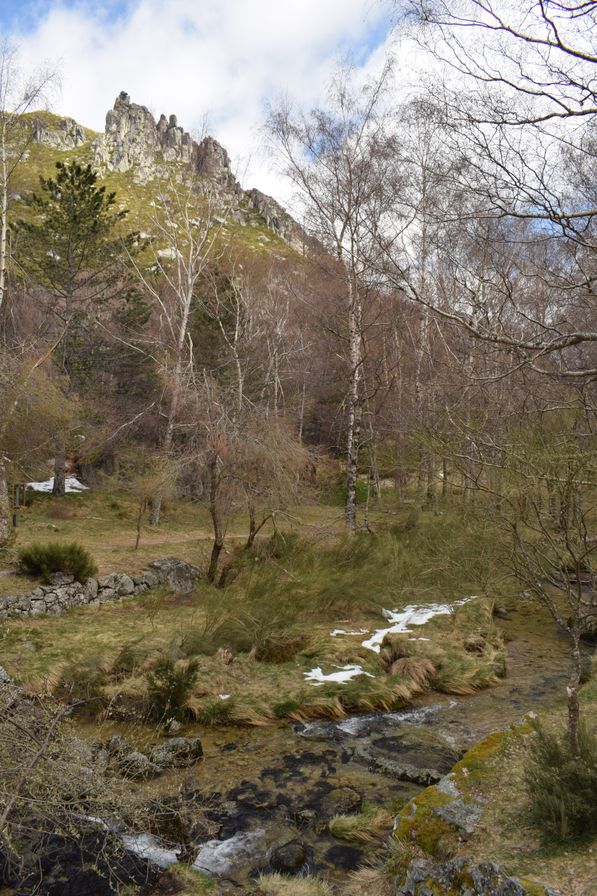

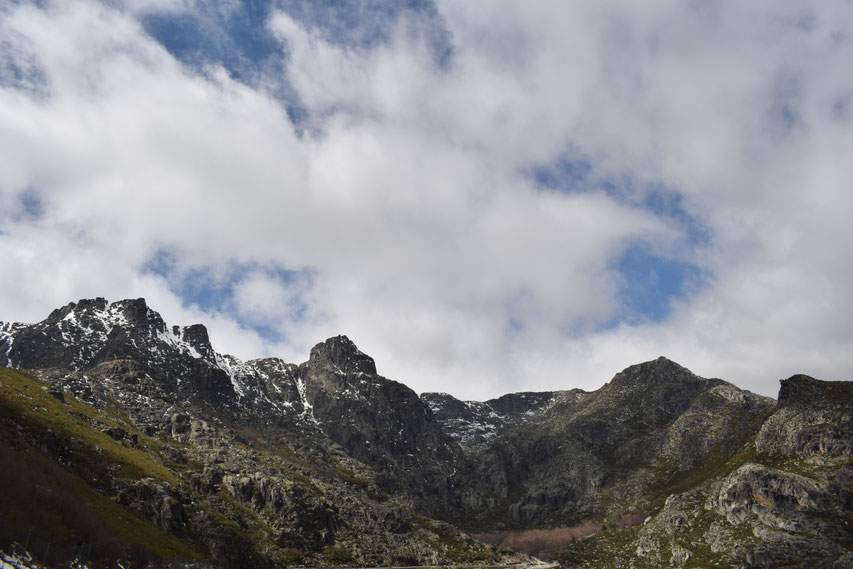
Had Henry Moore been a giant inspired by sheep droppings, he would have created Pedra do Urso. The bizarre rock formations, surrounded by dead trees curled like tusks in an elephant graveyard, left me wondering how long it would be before a thirty meter basilisk slithered out from my blind spot. It was somewhere between an extrovert's Dartmoor and the Peruvian rock forest which is somehow never far from my mind.




Inland Portugal seems littered with ancient remains. Excluding Conimbriga, we didn't seek them out purposefully, but simply followed brown signs when they cropped up along roads we were already following, or sometimes drove towards castles in the distance (which more often than not you are free to climb around inside). In the north of Serra de Estrela, the small village Linhares de Beira drew our attention with its fort on the hill top. Not only set amongst the areas' characteristic boulders, the village was actually set into them; granite blocks fitted around the giant rocks and chimneys protruded improbably above. The same applied to the castle, which is somehow mounted onto a vast foundation of naturally erupted stone. From the ramparts it's obvious why this was an attractive location for defence.
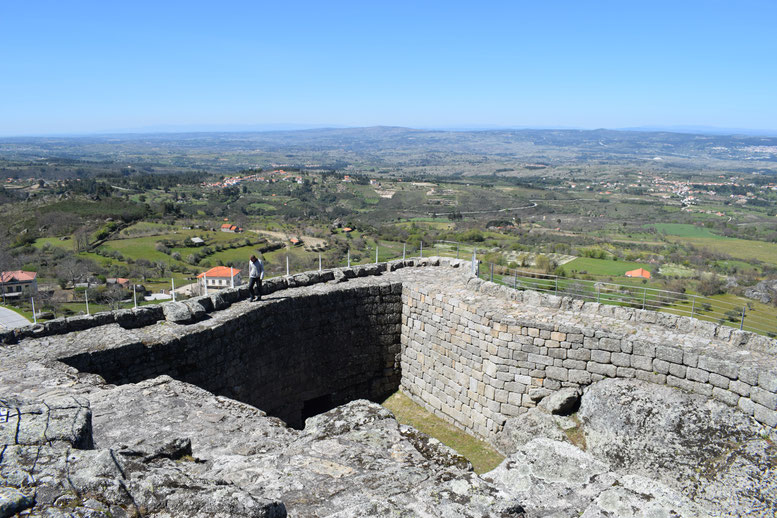

Near Celorico da Beira, a little north of the park, we found the archaeological site of S. Gens. There were the remains of a Roman settlement from around the first to forth century in the form of rectangular, multiple roomed buildings and (more intriguing to me somehow) rock cut tombs which are part of a medieval necropolis hidden amongst the boulders.
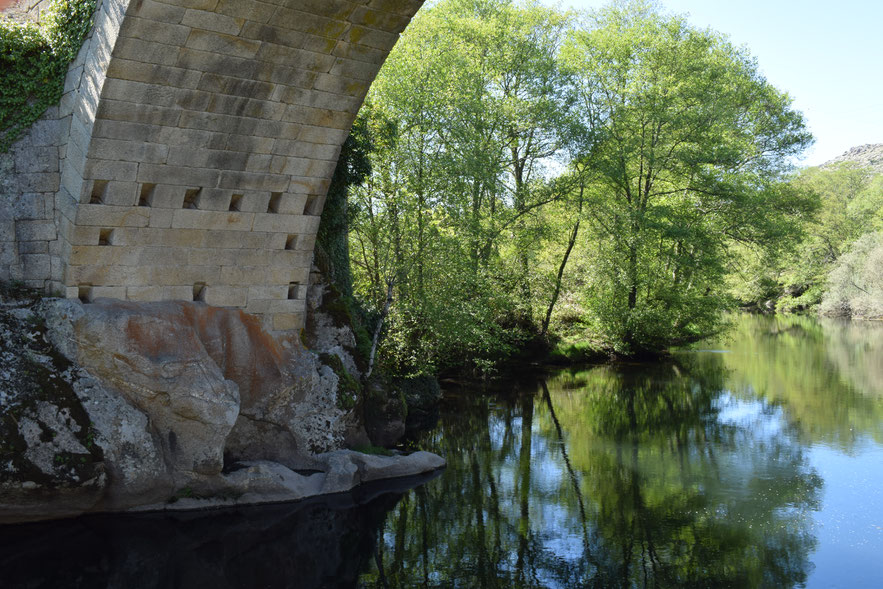

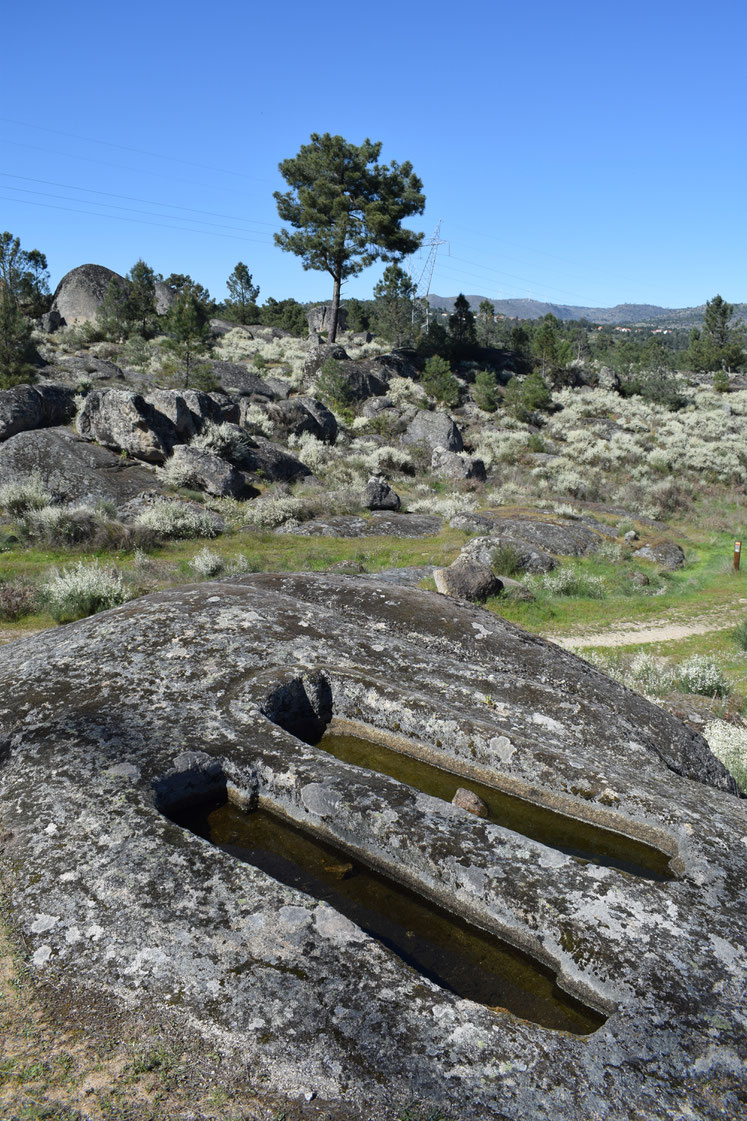

Still further north, near the village Caripito, we found an idyllic glade by the river. Hundreds of frogs live amongst the boulders and an ancient bridge straddles the water. We couldn't find the indicated archaeological site, unless it was this mysterious carving, but I was happy to sleep by the water.
In the morning, I came back to the van to find Dan talking to two police men and expected to be in trouble, but they had only stopped to say hello and assured us that it was no problem to camp there.
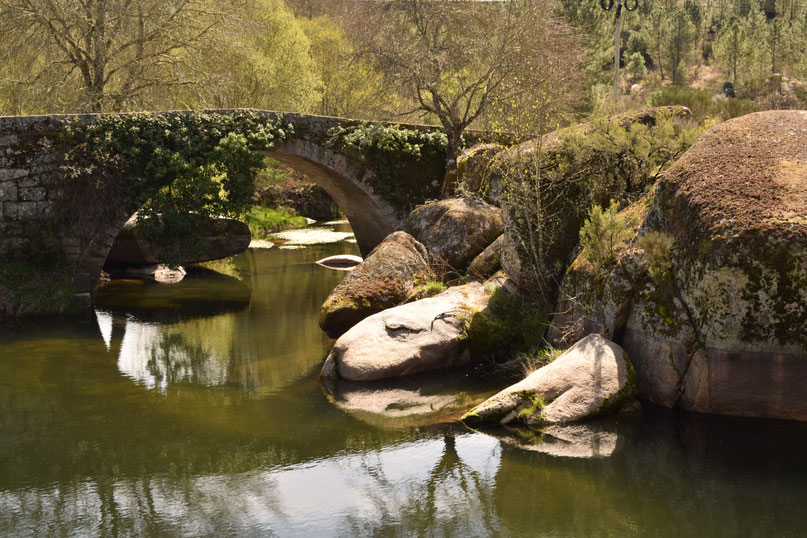



Further and further north, we passed through the attractive historical centre of Lemego and along the river Douro. Don't let anyone tell you that you need to travel to Vietnam to see terraced farmland - the river was wide and, even close to the cities, people were using heavy horses to plough their thin strips of cultivated land. The effect is attractive, but I can imagine life is hard at such a gradient.
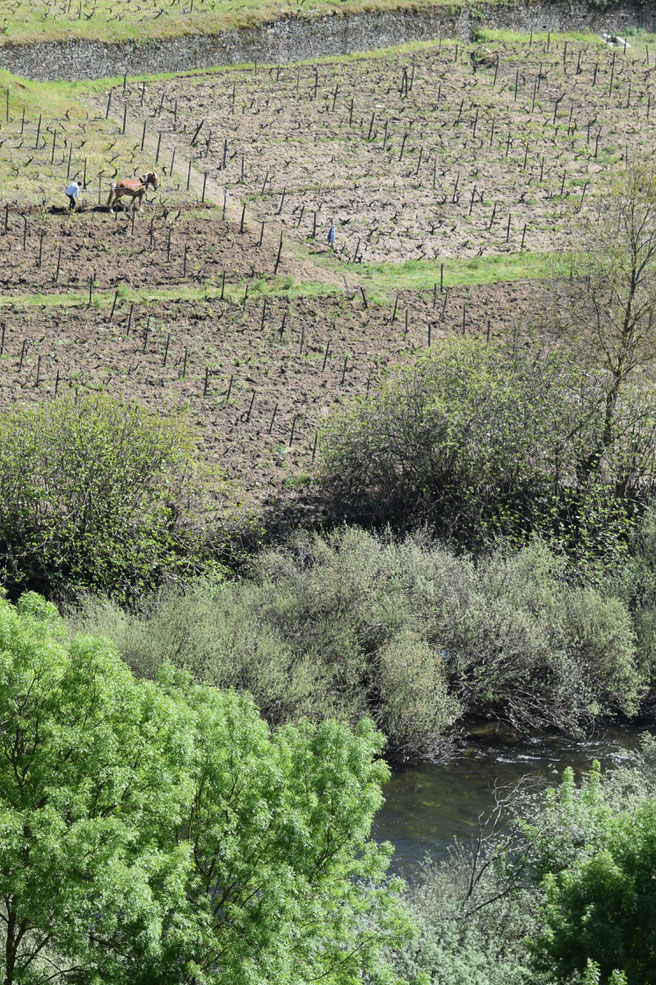
That night we slept in a wind-farm.
Previous stages of this Burt trip...
- Take 2, step 1 - grazing through six countries.
- Burt is buried in snow -Morgins, Switzerland.
- France: a journey of three seasons and several lakes.
- Pantà de Rialb and the lost villages.
- The river Ebro & its tributaries, the Spanish Civil War and alternative uses for shoelaces.
- Several Spanish Sierras
- Countless vultures, a few waves and a very long tunnel (South/West Spain).
- Six pristine beaches around Sagres, Portugal.
- Surf and Turf (the more literal, vegetarian variety) -Southern Portugal







